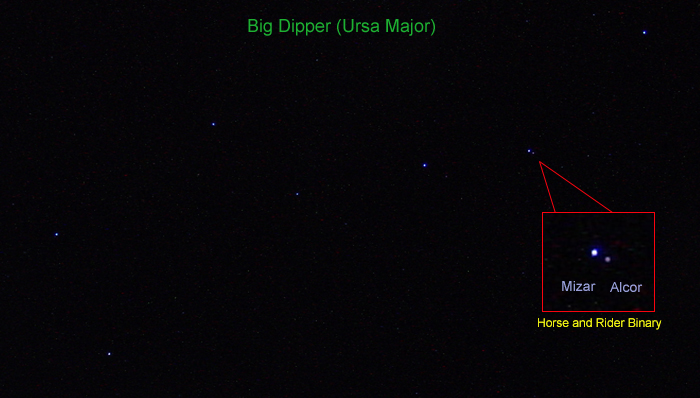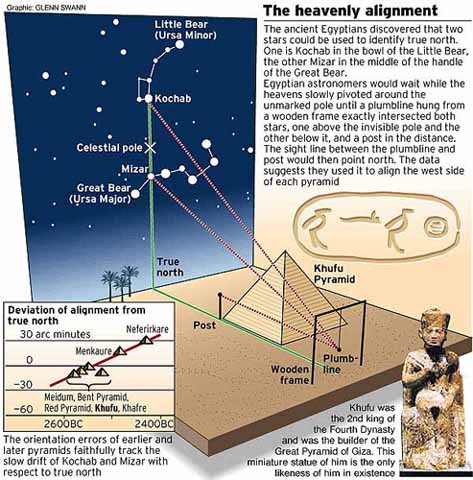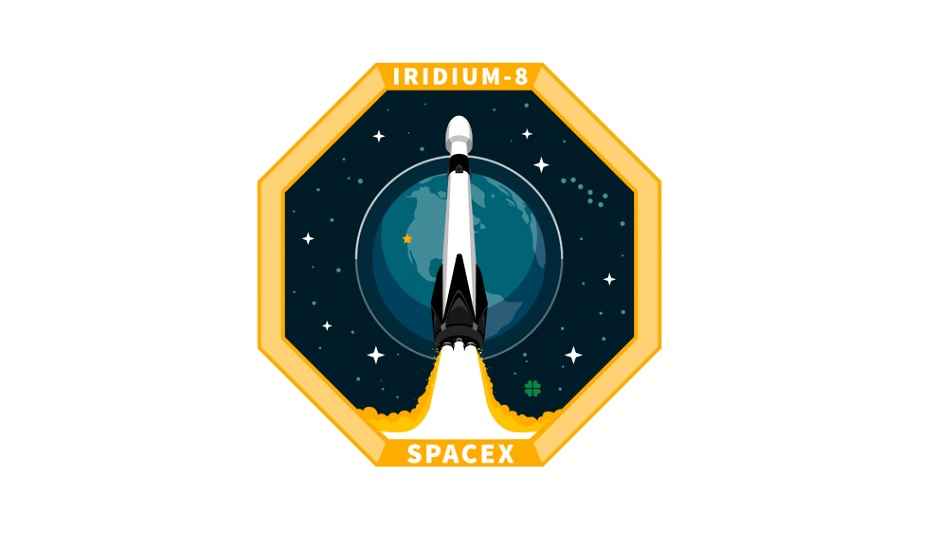
The constellation that serves as Iridium's logo, modified to have 8 stars for 8 Iridium NEXT launches

Asterisms are prominent groups of stars that form patterns but are smaller than, or even part of, a constellation. They are usually easy to find because the stars are close to one another and about the same brightness. In this case, the Big Dipper has eight stars in it. Seven are visible at a glance, while the eighth is a visible double star that is just detectable with the naked eye in an area with clear "seeing" and with good vision.
https://www.space.com/27758-big-dipper.html
The Indestructibles (Egyptian ikhemu-sek – literally "the ones not knowing destruction"[1]) was the name given by Ancient Egyptian astronomers to two bright stars which, at that time, could always be seen circling the North Pole.[2] The name is directly related to Egyptian belief in constant North as a portal to heaven for pharaohs, and the stars' close association with eternity and the afterlife.[3] These circumpolar stars are now known as Kochab (Beta Ursae Minoris), in the bowl of Ursa Minor or, the Little Dipper, and Mizar (Zeta Ursae Majoris), in Ursa Major, at the middle of the handle of the Big Dipper.[3]
https://en.wikipedia.org/wiki/Mizar_and_Alcor
https://www.universetoday.com/47259/extra-star-found-in-the-big-dipper/


Iridium 8
The final Iridium NEXT "Phoenix" mission







On February 1, 2012 SpaceX announced that it had completed the development of a new, more powerful version of a storable-propellant rocket engine, this one called SuperDraco. This high-thrust hypergolic engine—about 200 times larger than the Draco RCS thruster hypergolic engine—offers deep throttling ability,[6] and just like the Draco thruster, was designed to provide multiple restart capability and use the same shared hypergolic propellants as Draco. Its primary purpose was to be for SpaceX's LAS (launch abort system) on the Dragon spacecraft. According to a NASA press release, the engine has a transient from ignition to full thrust of 100 ms. During launch abort, eight SuperDracos were expected to fire for 5 seconds at full thrust. The development of the engine was partially funded by NASA's CCDev 2 program. Name: Draco comes from the Greek drakōn for dragon. Draco (constellation) is a constellation (the Dragon) in the polar region of the Northern Hemisphere near Cepheus and Ursa Major
No comments:
Post a Comment